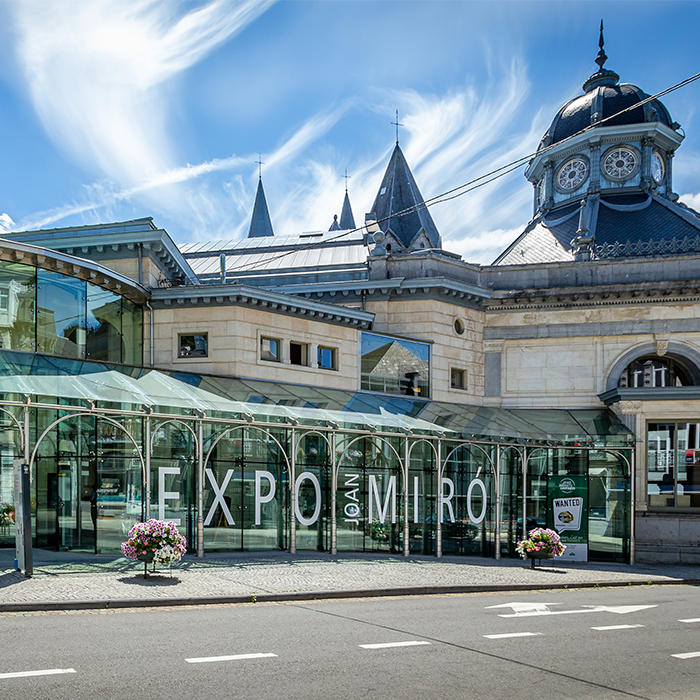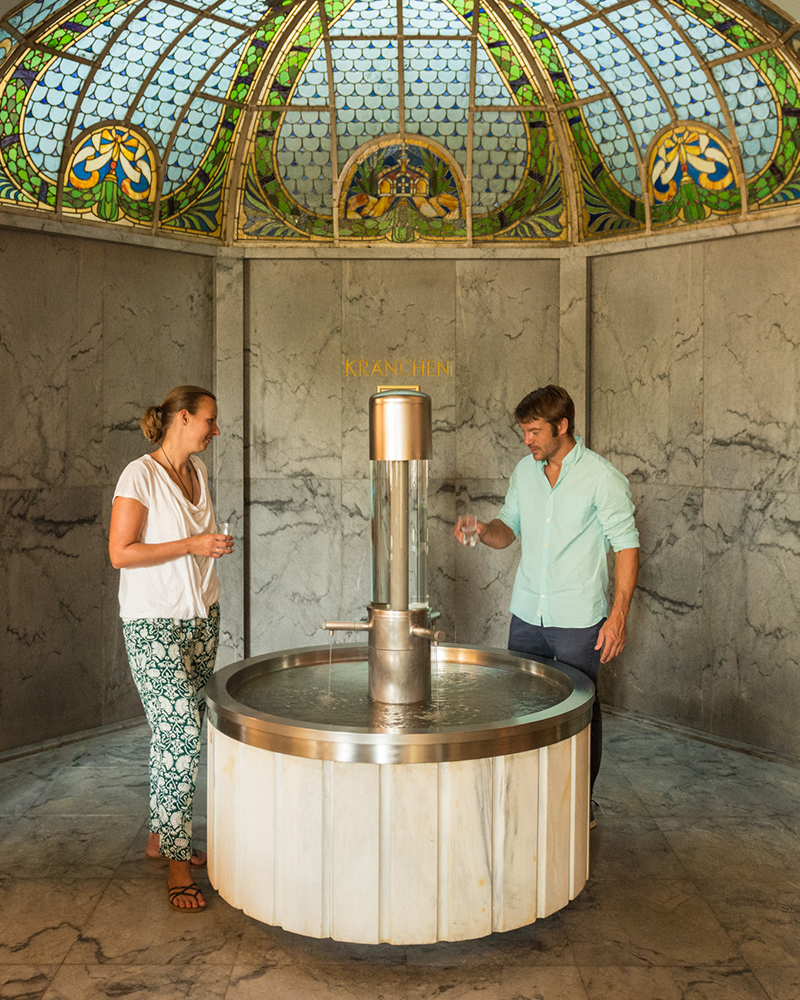
Eleven European Spa Towns inscribed as UNESCO World Heritage Site
16 min read

- Eleven European Spa Towns, including the City of Bath (UK), Spa (Belgium) and Vichy (France), jointly inscribed as a UNESCO World Heritage Site
- The City of Bath now has a rare double World Heritage Site listing, ranking alongside cities such as Bruges and Barcelona
- The decision to inscribe the site was made today (24/07/2021) at the 44th Session of the UNESCO World Heritage Committee in Fuzhou (China)
Eleven spa towns across Europe, including Baden-Baden (Germany), Spa (Belgium) and Bath (UK), have been jointly inscribed as a UNESCO World Heritage Site.
The Great Spa Towns of Europe is a ‘transnational serial’ UNESCO World Heritage Site formed of eleven famous historical thermal spa towns and cities across seven countries. Together, they represent the grandest and most significant spa towns that changed the culture of Europe between 1700 and 1930.
Spa towns used natural mineral waters to treat pain and disease in the days before modern medication. Treatments included ‘taking the waters’, applying mineral and thermal water, drinking cures, bathing, irrigations, hydrotherapy and mud treatments. Each Spa Town shares unique urban layouts and significant architectural buildings, including notable spa buildings and visitor facilities such as spa houses, colonnades, churches, theatres, casino houses, and dedicated hotels and boarding houses.
While the Bader Lexicon of 1854 lists 652 major European spas, only a handful of the grandest spas now survive in their original form. The eleven Spa towns jointly inscribed as UNESCO World Heritage Sites represent the most authentic and best examples of this European phenomenon. The eleven towns are:
1. Baden bei Wien (Austria)
2. Spa (Belgium)
3. Františkovy Lázane (Czechia)
4. Karlovy Vary (Czechia)
5. Mariánské Lázne (Czechia)
6. Vichy (France)
7. Bad Ems (Germany)
8. Baden-Baden (Germany)
9. Bad Kissingen (Germany)
10. Montecatini Terme (Italy)
11. City of Bath (United Kingdom)
Today, these eleven spa towns continue to fulfil many of their roles, with people able to bathe in or drink the waters in traditional and modern facilities. Visitors can enjoy walking, hiking and other activities in the “therapeutic landscape” of parks and gardens and the wider countryside surrounding the town. Historic buildings with high-quality interpretation are available for the historically curious, with other activities such as theatres, concert halls, opera houses and restaurants still in use today.

“This listing is testament to the role Bath has played in our history. For thousands of years, people have flocked to the city to experience its healing waters and I’m delighted that this inscription will protect this historic location for future generations.”
Caroline Dinenage MP, Minister of State for Digital and Culture, Department for Digital, Culture, Media and Sport

“Beautiful Bath thoroughly deserves this rare double World Heritage Site listing. From its Roman remains to its stunning Georgian architecture, Bath is a city which has captivated residents and visitors for centuries. Being inscribed, along with ten other European Spa Towns, as a joint World Heritage Site demonstrates Bath’s importance as one of the earliest and most significant “Great Spas” and we are delighted to have worked alongside international colleagues to make this joint inscription a reality.”
Duncan Wilson, Chief Executive, Historic England

“This successful inscription is a triumphant example of the international co-operation which is at the heart of UNESCO’S World Heritage Convention. The Spas themselves are architectural jewels inspired by a new wave of health consciousness. On top of that, practical and strategic expertise from the UK has been fundamental in setting up the international structure necessary to safeguard not one but eleven participating properties in this serial transnational nomination.
Bath’s leadership in ensuring an ongoing management system at national and local government level as well as bringing together the site managers and tourism officers is an exemplary achievement that should also be celebrated.”
Kate Pugh OBE, UK National Commission for UNESCO
#ImageGallery















11 Spa Towns, 7 European Countries
- Baden bei Wien (Austria)
- Spa (Belgium)
- Františkovy Lázane (Czechia)
- Karlovy Vary (Czechia)
- Mariánské Lázne (Czechia)
- Vichy (France)
- Bad Ems (Germany)
- Baden-Baden (Germany)
- Bad Kissingen (Germany)
- Montecatini Terme (Italy)
- City of Bath (United Kingdom)
Recognised as part of the nomination is the City of Bath in the United Kingdom, held to be one of the earliest and most profoundly influential ‘Great Spas’. From a medieval walled city around its central cluster of hot springs, the grand ‘Georgian Spa’ was created during the eighteenth century when Royalty and high aristocracy visited frequently. The doctors of Bath pioneered diagnostic medicine based on its mineral waters, and the surrounding landscape was managed as part of ‘the cure’.
Distinguished by iconic spa buildings, exceptional Georgian town planning, Palladian architectural ensembles, crescents and squares, Bath has managed its hot springs for 2000 years. Today, it is sustained as a living spa, enhanced by the refurbishment of its original features and more recent additions. The inscription also means that the City of Bath now has a rare double World Heritage Site listing, ranking alongside Bruges and Barcelona.
The Great Spas of Europe becomes the 33rd UNESCO World Heritage Inscription in the UK and joins prestigious sites such as Machu Picchu, the Great Wall of China, and the Taj Mahal. The nomination was prepared jointly by Austria, Belgium, France, Germany, Italy, the United Kingdom of Great Britain and Northern Ireland, and the Czech Republic, which managed and coordinated the entire project.
Share this via…

Press Contacts:
Matthew Rabagliati, UNESCO UK
E: [email protected]
T: +447957443093
Paul Simons, Secretary General
E: [email protected]
T: +447785506338
W: www.greatspasofeurope.eu



